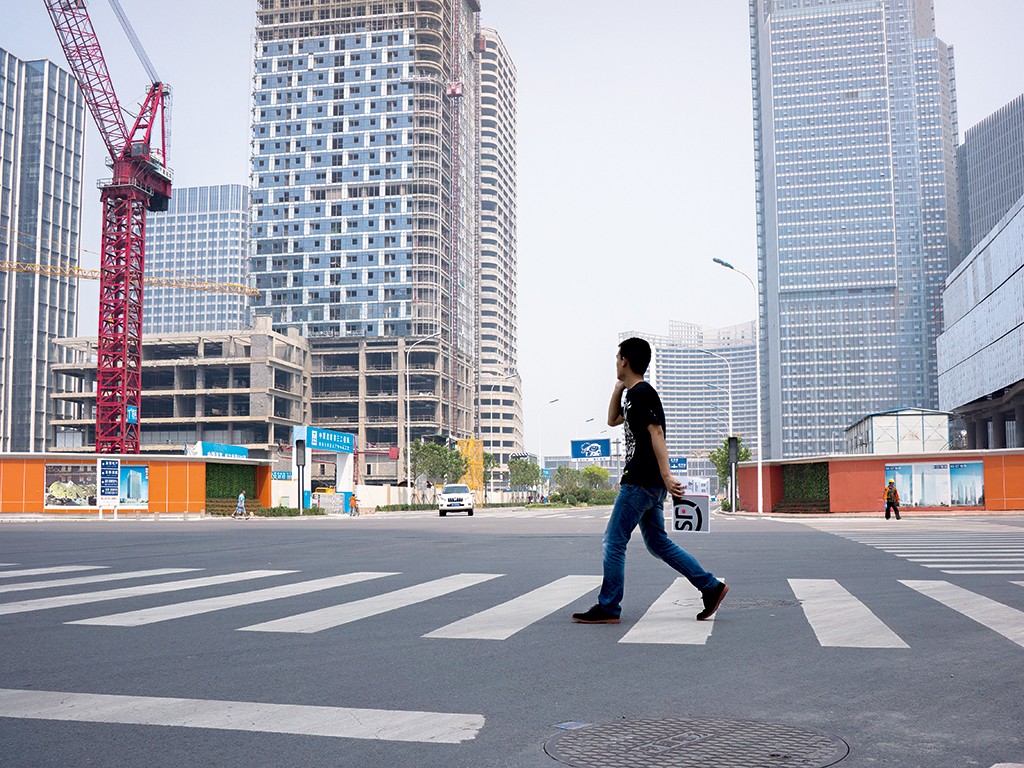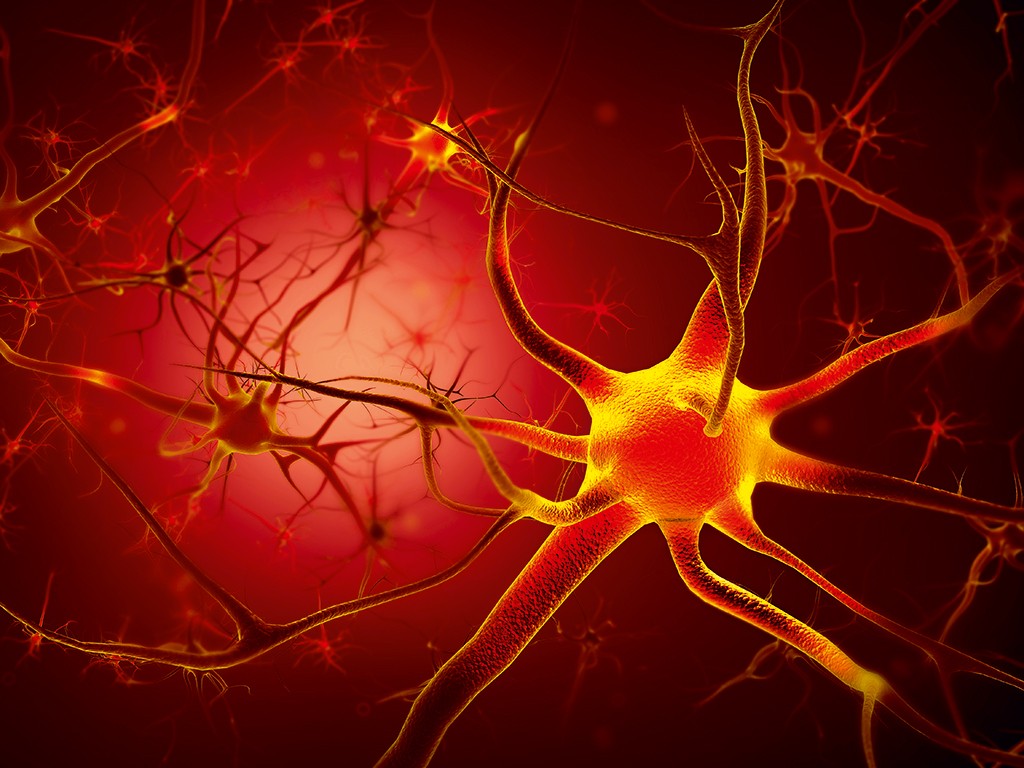Safeguarding the future
After accessing the achievements of the first range of UN Millennium Development Goals, what else can be done to help those in need in the future?
After accessing the achievements of the first range of UN Millennium Development Goals, what else can be done to help those in need in the future?
In 2000, 189 countries collectively adopted the UN Millennium Declaration, which evolved into a set of concrete targets called the Millennium Development Goals (MDGs). These ambitious targets – ranging from halving extreme poverty and reducing maternal mortality by three-quarters to achieving universal primary schooling and halting (and beginning to reverse) the spread of HIV/AIDS – are supposed to be met by the end of 2015. As the deadline approaches, development experts are debating a new question: What comes next?
It is virtually certain that many of the MDGs will not have been met by the end of 2015, but there have been striking successes in some areas. For example, the goal of halving extreme poverty (measured by the number of people living on less than $1.25 a day) will likely be achieved ahead of time, largely thanks to China’s phenomenal growth rate.
At the same time, there is little evidence to suggest that those successes were the result of the MDGs themselves. China implemented the policies that engineered history’s greatest poverty eradication program prior to, and independently from, the Millennium Declaration and the MDGs.
Tightening partnerships
Clearly, however, the MDGs were a public-relations triumph, which is not to belittle their contribution. Like all worthwhile PR efforts, the MDGs served to raise awareness, galvanise attention, and mobilise action – all for a good cause. They amplified the global conversation about development and defined its terms. And there is evidence that they got advanced countries to pay more attention to poor nations.
Indeed, the MDGs possibly had their clearest impact on aid flows from rich to poor countries. A study by Charles Kenny and Andy Sumner for the Centre for Global Development in Washington, DC, suggests that the MDGs not only boosted aid flows, but also redirected them toward smaller, poorer countries, and toward targeted areas like education and public health. However, aid was not directly linked to performance and results, and it is much more difficult to know whether it had the desired impact overall.
The MDGs encompass eight goals, 21 targets, and 60 indicators. Much criticism has focused on the use of these numerical targets and indicators, which, sceptics argue, are misspecified, mismeasured, and divert attention from equally important areas. But these complaints miss the point. Any effort that is concrete and implementable needs to monitor the results, and setting clear numerical targets is the best way to do so.
Still, a central paradox plagues the MDGs. The Millennium Declaration was meant to be a compact between the world’s rich and poor countries. Poor countries promised to refocus their development efforts while rich countries pledged to support them with finance, technology, and access to their markets. But, oddly, of the eight goals, only the last one deals with “global partnership,” or what rich countries can and should do to help.
Even here, the MDGs contain no numerical target for financial aid or any other aspect of rich countries’ assistance, in contrast to the highly specific poverty-related targets set for developing countries. It is perhaps especially telling that the “progress charts” prepared by the UN Development Programme, the agency charged with reporting on the progress towards achieving the MDGs, track only internet usage under that goal.
Illuminating problems
Why we need a global effort to convince developing countries to do what is good for them is not clear. Poverty reduction and human development should be the first order of business for governments in these countries, with or without the MDGs.
It is true, of course, that these governments often pursue different goals, for political, military, and other reasons. But it is extremely wishful thinking to believe that they can be persuaded to act otherwise by international declarations that lack enforcement mechanisms. If we have learned one thing over time in the development business, it is that real reform cannot be bought with donors’ money, let alone with vague promises of money.
Equally problematic, the MDGs implicitly assume that we know how to achieve these development targets, and that only resources and political will are missing. But it is doubtful that even well-intentioned policymakers have a good handle on, say, how to raise secondary-school completion rates sustainably or reduce maternal mortality.
Many development economists would argue that significant improvements in governance and political institutions are required before such goals can ever be achieved. The most amount of help that rich countries can do is to provide an enabling environment for the benefit of developing countries that are willing and able to take advantage of it.
These considerations suggest an obvious direction for the next iteration of the MDGs. First, a new global compact should focus more directly on rich countries’ responsibilities. Secondly, it should emphasise policies beyond aid and trade that have an equal, if not greater, impact on poor countries’ development prospects.
A shortlist of such policies would include: carbon taxes and other measures to ameliorate climate change; more work visas to allow larger temporary migration flows from poor countries to those with available work; strict controls on any arms sales to developing nations; reduced support for repressive regimes; and improved sharing of financial information to reduce money laundering and tax avoidance.
Notice that most of these measures are actually aimed at reducing damage – for example, climate change, military conflict, and financial crime – that otherwise results from rich countries’ conduct. “Do no harm” is as good a principle here as it is in medicine.
This kind of reorientation will not be easy. Many advanced countries are almost certain to resist any new commitments to the agreements. But most of these measures do not cost any money, and, as the MDGs have shown, setting firm targets can be used to mobilise action from rich-country governments.
If the international community is going to invest in a bold new public-relations initiative, it might as well focus on areas where the potential payoffs are going to be the greatest.
(c) Project Syndicate 2012













